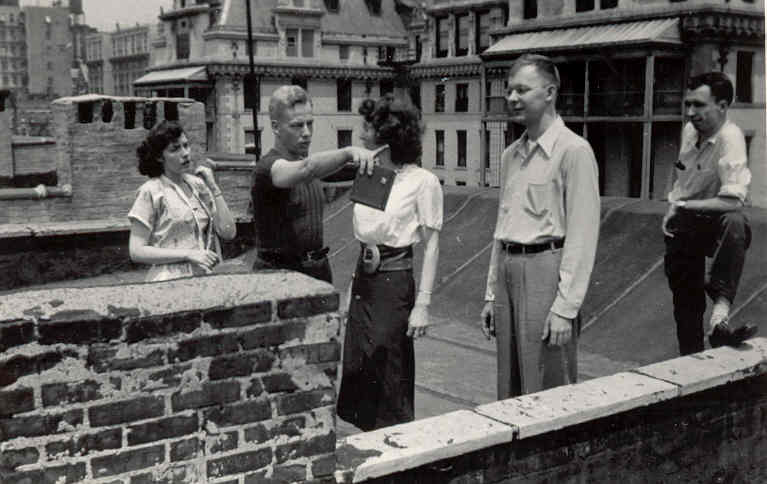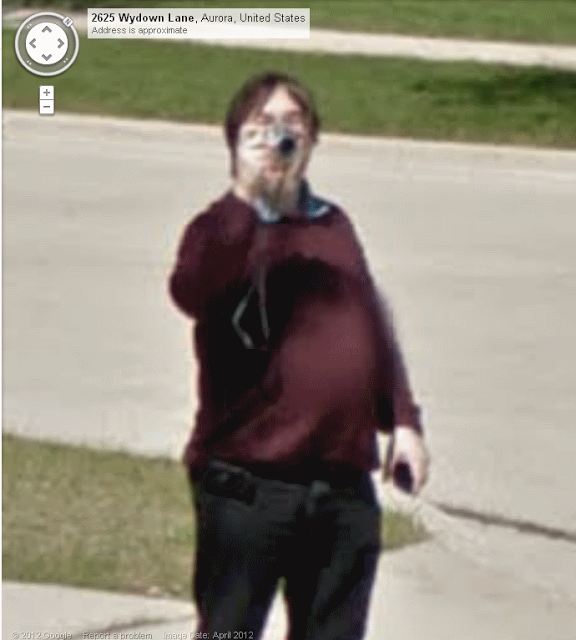By Bill Higgins: I know perfectly well that he doesn’t belong to fandom — he belongs to the entire world. Still, it was a bit startling to hear my favorite author’s voice come out of my TV tonight. In tiny letters at the lower right of the screen was ARTHUR C. CLARKE 1964. Sir Arthur was talking about what the future would be like.
“The only thing we can be sure of about the future is that it will be absolutely fantastic.”
Eventually it became clear that this was a commercial for BMW automobiles. These days, advertisers frequently park a copy of their commercial on Youtube:
It was uploaded last February, so I guess it took me a long time to notice the campaign.
This may be the first of Sir Arthur’s posthumous ads I have seen, but even before his death he lent his image to commercials. Here’s a spot for *Omni* magazine from 1980, with speechifying about the future very similar to the 1964 sound clip featured in the 2014 BMW ad above:
“One thing is certain: It will be wider and more wonderful than ever dreamed of by any poet or dramatist of the past.”
No doubt other examples of Clarkean pitchmanship could be turned up. Magazine ads, perhaps?


